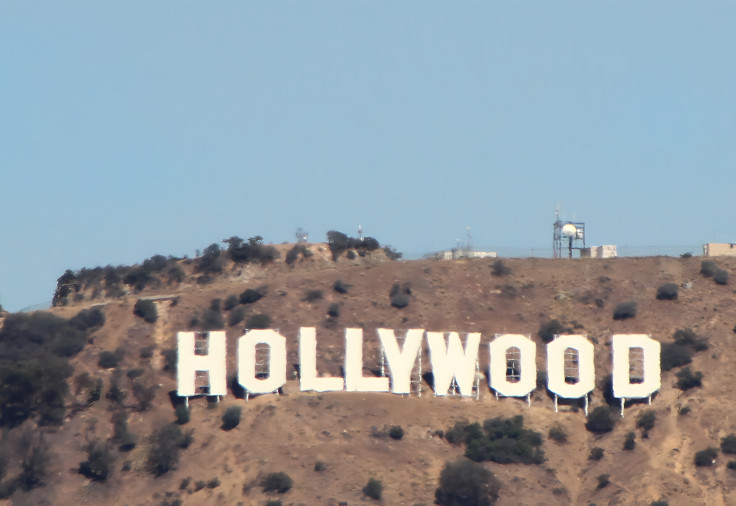
MIAMI - The latest Hollywood Diversity Report of 2024 from UCLA has just been released, shedding light on the current state of diversity in the American film industry. While the report shows an overall improvement in diversity representation, with a gains for Latinos, it also underscores a concerning trend: women in Hollywood are experiencing setbacks in key areas.
The report reveals that last year Hollywood made incremental progress in terms of diversity. This is particularly evident in the increased representation of Black, Indigenous, and People of Color (BIPOC) across various roles in the industry. There has been a noticeable increase in the number of BIPOC actors in lead roles, as well as a rise in directors and writers. When it comes to Latinos, the figures almost doubled compared to the year prior.
Authored by Dr. Ana-Christina Ramón, Michael Tran, and Dr. Darnell Hunt, the report from the Division of Social Sciences at the University of California, Los Angeles (UCLA) also highlighted how movies with a diverse cast did very well at the box office with minority audiences.
"After examining global and domestic box-office success and audience demographics for more than a decade, we have repeatedly found that people want to see films that reflect the diversity that exists in their communities and in the world," said Ana-Christina Ramón, co-founder of the report and director of UCLA's Entertainment and Media Research Initiative.
Latino representation improves, but overall figures remain abysmal
The white actor (male and female) share of all theatrical film roles dropped to 59.6 percent in 2023, down from 63.9 percent in 2022, continuing a downward trend for the group in top theatrical releases.
Black (13.0 percent), Asian (6.7 percent), Native (1.2 percent), and MENA (1.9 percent) actors were close to or at proportionate representation among all theatrical film roles. Meanwhile, Latinos (7.2 percent) and multiracial (10.4 percent) persons were still underrepresented among all theatrical film roles in 2023.

Although the 7.2% figure falls short compared to Latinos' share of the American population (around 19%), as reported by the Pew Research Center, this figure marks a significant stride forward. It notably improves upon the statistics from last year's report, where a mere 3.2% of all acting roles were occupied by Latino actors, underscoring a notable year-on-year increase in representation within the industry.
The representation behind the camera was worse, however. Only 3.7 directors and the same amount of writers of the Hollywood movies that came out last year were Latinos.
Women in Hollywood: A Step Back
The report's findings on gender representation are less encouraging. Despite women making up over half of the U.S. population, their representation in critical roles in the film industry has declined compared to previous years.
In 2019, 44.1% of the lead roles in Hollywood movies went to female actors. Last year, the number declined to 32.2%
The proportion of women in lead roles, directorial positions, and writing roles saw a noticeable decrease. This regression is a significant concern, highlighting the persistent gender gap in an industry that has long been scrutinized for its lack of gender parity.

Impact on Audience Engagement
The report also sheds light on audience preferences and engagement, emphasizing that films with diverse casts continue to perform well at the box office. This trend underlines the growing demand for diverse and inclusive content among moviegoers. However, the decreased representation of women could potentially impact the industry's ability to connect with a significant portion of its audience.
"As found in the previous report, theatrical films with casts that were from 31 percent to 40 percent BIPOC enjoyed the highest median global box office receipts, while films with casts that were less than 11 percent BIPOC were the poorest performers (echoing a pattern evident the last four years)," wrote the authors.
BIPOC moviegoers bought the majority of opening weekend, domestic tickets for seven of the top 10 films and 14 of the top 20 films released in theaters in 2023 (ranked by global box office).
In addition, nine of the top 10 films and 15 of the top 20 films at the global box office featured casts in which more than 30 percent of the actors were BIPOC. Five of the top 10 and eight of the top 20 films had casts in which more than 40 percent of the actors were female. Only one of the top 10 and three of the top 20 films had casts in which more than 20 percent of the actors had known disabilities.

© 2024 Latin Times. All rights reserved. Do not reproduce without permission.







